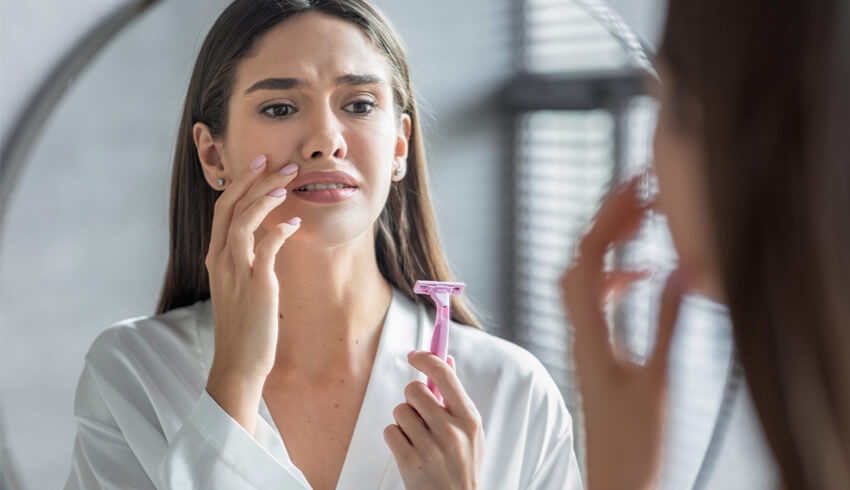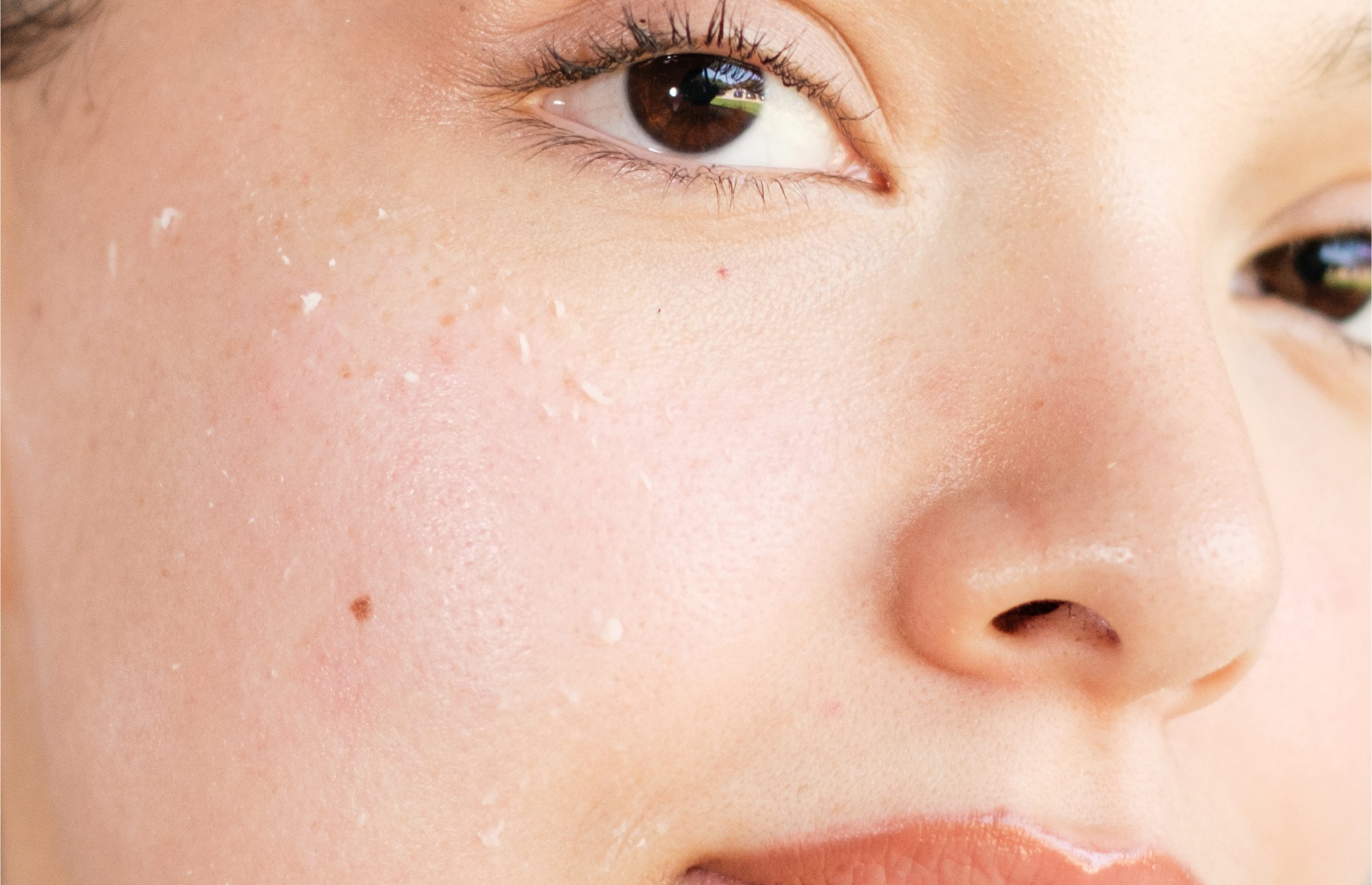Glycerin is quite possibly one of the oldest skincare ingredients in existence. We have documentation dating back as far as the late eighteenth century. showing that it was used for hygiene. Chances are, if you pick up a personal care product, you’ll see glycerin somewhere on the inci list. Glycerin is such a staple in the beauty industry, but for a long time, no one gave it a second thought. It was drowned out by the hype about other hydrating ingredients, despite being just as effective. In the past couple of years, I’ve noticed glycerin getting more recognition for the powerhouse that it is. In this post, I’ll break down the history of glycerin, why it’s so beneficial for your skin, and how it stacks up against other hydrating ingredients.
What is Glycerin, and Where Does It Come From?
Glycerin, also known as glycerol, is a fatty alcohol. People are sometimes surprised by this because of the pervasive belief that alcohol in skincare is bad. This is really only true of drying alcohols. In fact, many of the skincare ingredients you know and love can be classified as fatty alcohols! They excel at moisturizing, softening, and conditioning the skin.
Glycerin is a byproduct of the oil industry. When oil is extracted from something and processed, glycerin is left over. Historically, it was derived from extra animal fat and mixed with wood ash to create soap. As far as the cosmetic industry goes, a vast majority of glycerin now comes from plant-based sources. This could be anything from your basic corn, soy, or flax to something more exotic, like Karanja weed. If it can be turned into oil, it can be a source of glycerin. At the end of the day, one source of glycerin isn’t superior to the other since you end up with the same chemical compound either way.
How Does Glycerin Benefit the Skin?
Glycerin is included in a class of ingredients known as humectants (you’re probably already familiar with hyaluronic acid, the proverbial superstar of humectants). This means it attracts water molecules like a magnet to increase water content in the skin. This is an incredibly important function because it helps prevent dehydrated skin (not to be confused with dry skin). Dehydration can segue into a whole host of other skin issues, including fine lines, crepey or rough texture, and sensitivity.
The more hydrated your skin is, the more light it will be able to reflect. This means humectants like glycerin can also help skin appear more glowy.
In smaller percentages, glycerin can also be used as a stabilizer or to improve the texture of a product. Chemists love this ingredient because it’s effective, abundant, and inexpensive.
Who Can Use Glycerin?
In addition to being effective, glycerin is a very gentle ingredient. This means almost anyone can use it, and it’s also appropriate for all skin types. It’s so innocuous that it can be used every day (or even multiple times a day).
Regardless of whether your skin is oily or dry, ALL skin types need water. Our skin cells can’t survive without water! The key here is that once you get water into the skin, you need to create a barrier that keeps that water in. This barrier is created with lipids (aka oils), and it’s where your skin’s moisture barrier comes into play—it keeps the good in and the bad out. Because of this, it’s essential that you apply a moisturizer after using a humectant like glycerin. Naturally oilier skin types (like Skin Types 1-4) don’t need to add much oil and can use something light. Combination or dry skin types (like Skin Types 5-9) don’t produce as much oil on their own, so they’ll want to reach for something richer.
The only time I would advise against using glycerin (or any other humectant for that matter) is if you’re in a very dry environment, like an airplane. Since there’s no water in the air for the glycerin to attract, you run the risk of it pulling water out of the deeper layers of your skin instead.
BTW, drinking water won’t hydrate your skin (but these three things will).
Will Glycerin Make Me Break Out?
Since glycerin is derived from oil, some people are concerned it will clog their pores or cause them to break out. This isn’t the case—you would have to apply it at a concentration of almost 100{2ac9033caf61aa83cf45584f992fcbdbe657ee6f770037f39c3ded45073822b8} for it to become comedogenic, and this is never how it’s used in products. Glycerin is actually a great ingredient for breakout-prone skin because it can be added to acne-focused formulas to make them less drying.
To Get the Skin Benefits of Glycerin, What Kinds of Products Should I Use?
To get all the best hydrating, skin-plumping benefits from glycerin, turn to leave-on products. This isn’t to say glycerin can’t be a great ingredient in rinse-off products like cleansers. As I mentioned, it can improve the texture of a product and give it moisturizing properties. But if your goal is to improve the water content of your skin and pull in as much moisture as possible, a leave-on product is the way to go. Try reaching for a toner or a serum (I like the Vitamin C&E Treatment or Skin Drink Concentrate).
Moisturizers with glycerin can also be very beneficial. Many moisturizers will use a mix of humectants, like glycerin, along with more emollient ingredients to give you the full spectrum of moisturization.
Learn the difference between humectants, emollients, and occlusives (plus, how to find the right moisturizer for your skin type).
How Does Glycerin Stack Up Against Hyaluronic Acid?
It’s easy to be seduced by the huge amount of PR hyaluronic acid has gotten over the years—and don’t get me wrong, it’s a great ingredient! But this has also led to the misconception that it’s far superior to other hydrating ingredients. At the end of the day, glycerin and hyaluronic acid both function as humectants and have a very similar effect on the skin.
There are two main upsides to glycerin—it’s a smaller molecule than hyaluronic acid, and it’s less expensive to formulate with. Smaller molecule size means it’s able to penetrate more deeply into the skin, which is where it will be most effective. Hyaluronic acid can be chopped up into smaller molecule sizes as well. But since it doesn’t start out that way and needs more processing, you’ll usually end up paying more for a hyaluronic acid serum that has multiple weights of hyaluronic acid.
Another difference between the two ingredients (and where hyaluronic acid has the upper hand), is texture. Higher-end, well-formulated hyaluronic acid tends to have a silkier texture than glycerin, which can feel a bit sticky or tacky before it dries down.
At the end of the day, it really comes down to marketing, budget, and consumer preference.
Next, check out my 7 favorite hydrating ingredients (they’re all guaranteed to give you plumper-looking skin).
Celebrity Esthetician & Skincare Expert
As an esthetician trained in cosmetic chemistry, Renée Rouleau has spent 30 years researching skin, educating her audience, and building an award-winning line of products. Her hands-on experience as an esthetician and trusted skin care expert has created a real-world solution — products that are formulated for nine different types of skin so your face will get exactly what it needs to look and feel its best. Trusted by celebrities, editors, bloggers, and skincare obsessives around the globe, her vast real-world knowledge and constant research are why Marie Claire calls her “the most passionate skin practitioner we know.”




